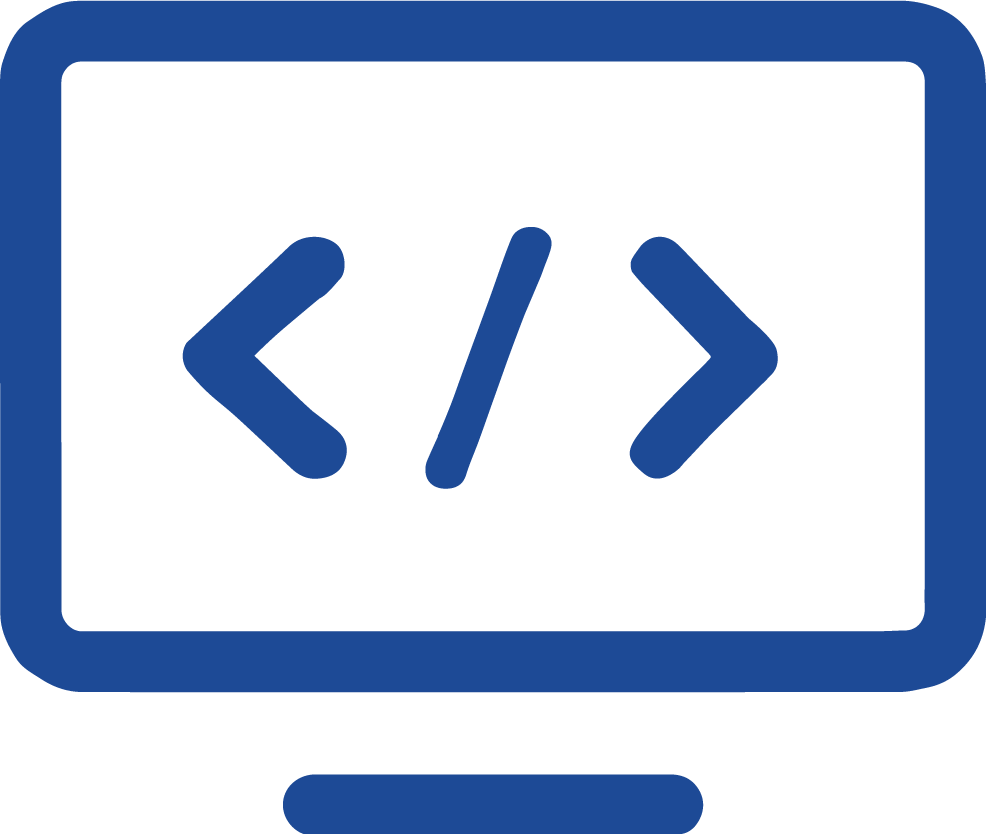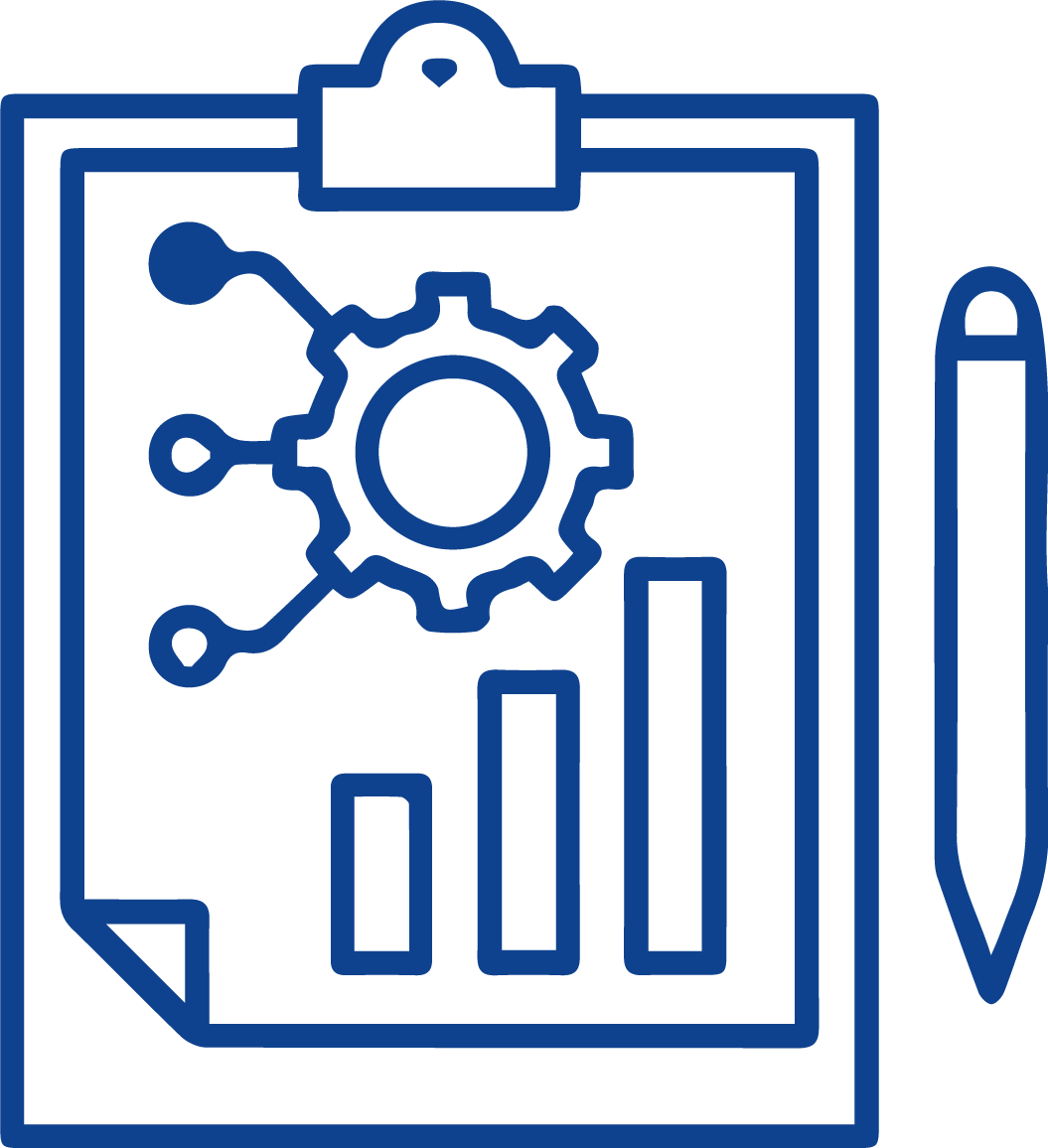Use case
Artelys Knitro helps economists assess the effects of CO2 auctioning for decreasing greenhouse gas (GHG) emissions in an economically efficient manner.
Use case
Artelys Knitro helps economists assess the effects of CO2 auctioning for decreasing greenhouse gas (GHG) emissions in an economically efficient manner.
One of the main strategies to reduce GHG emissions is to trade emission allowances or permits on organised markets. Indeed, pricing CO2 encourages investments in low-carbon technologies. The design of emission trading markets is crucial to ensure their efficiency and fairness.
The authors examine the interaction between electricity generators within an oligopolistic market. They use a game-theoretical model that considers the interplay between the electricity market and the emissions market in a two-stage stochastic framework. Electricity quantities and emissions allowances are contracted in advance and committed at the futures price in a futures electricity market (first stage). Then the actual delivery of electricity and allowances occurs in a spot market (second stage). These market interactions are modelled as a game-theoretical equilibrium with both risk neutral and risk averse generators. This problem is modelled as an optimisation programme that maximises a weighted average of expected profits and the conditional value at risk thereof (CVaR), resulting in a continuous quadratically constrained quadratic problem (QCQP).
The authors use Artelys Knitro to solve this problem and to derive multiple conclusions, performing sensitivity analyses on renewable energy penetration and carbon prices for generators with different attitudes towards risk. The performance of the solver enables to consider hundreds of scenarios with varying electricity and emission allowance prices, generation costs, and level of nondispatchable renewable energy generation.
Start with a tutorial!
You’re not familiar with nonlinear optimization? This tutorial will present some examples of nonlinear problems for various applications. You will discover nonlinear programming methods using the Artelys Knitro solver in a Python notebook, through different examples.
Free trial
Get your trial license to test Artelys Knitro’s performances on your own mathematical optimization problem. The trial package includes free support and maintenance. You can have access to Artelys Knitro for free with a 1-month unlimited version or a 6-month limited version.
Artelys Knitro has unmatched performance

Best Nonlinear
Solver
Artelys Knitro has been ranked every year by public benchmarks consistently showing Artelys Knitro finds both feasible and proven optimal solutions faster than competing solvers.

Technical support
The Artelys technical support team comprises Artelys’consultants (PhD-level) who are used to solving the most difficult problems and deploying enterprise-wide optimization solutions. They can advise on algorithmic or software features that may result in enhanced performance in your usage of Artelys Knitro.

Updates and new features
The development team works continuously to provide two releases of Artelys Knitro every year. Based on feedback, we always improve our solver to meet users’ requirements and need to solve larger models faster.
© ARTELYS • All rights reserved • Legal mentions